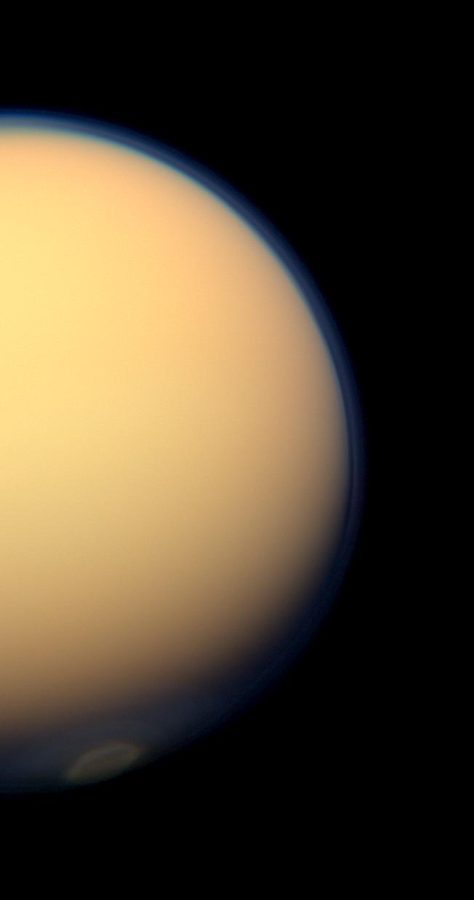Titan: The Next Step
Titan, the moon that could become our new home.
Humans are always looking for a backup if Earth was ever compromised. Most people’s thoughts go straight to Mars, our neighboring planet, but there could be another option further out into the solar system. Over 900,000,000 miles away from Earth, there is a moon orbiting Saturn called, Titan. It is Saturn’s largest moon and is in fact larger than the planet Mercury. Titan has a thick atmosphere similar to Earth’s and is covered in liquid under a layer of ice. Because of this, Titian could have life on it. If anything, it would be microscopic, but that is how Earth started. As the “Goldilocks zone” gets pushed, Titan’s life could evolve to be more complex and may become a better host for humans.
Currently, NASA has a rotorcraft set to launch in 2027 with the sole purpose to explore the moon. The device, Dragonfly, will search for the potential life on Titan, as well as investigate the nitrogen-based atmosphere and the methane lakes and rivers. Dragonfly is set to reach Titian in 2034 and will spend about 3 years discovering and uncovering Titian before its return back to Earth. This device will work like a drone, hovering and flying around the icy surface without ever touching down. It may seem farfetched to see Titian as mankind’s new home, but the new information that Dragonfly will collect may put this “what if” into a reality.
RELATED STORIES:
https://solarsystem.nasa.gov/moons/saturn-moons/titan/overview/
https://www.space.com/26444-saturn-moon-titan-salty-ocean.html
https://dragonfly.jhuapl.edu/Why-Titan/
https://www.nasa.gov/dragonfly/dragonfly-overview/index.html
TAKE ACTION:
Contact the people behind Dragonfly:
Michael Buckley
Johns Hopkins University Applied Physics Laboratory
(240) 228-7536











